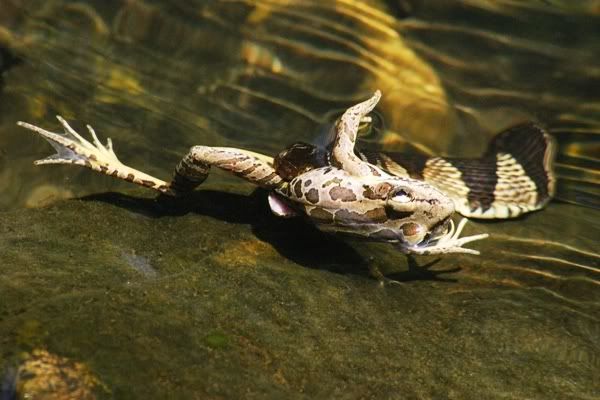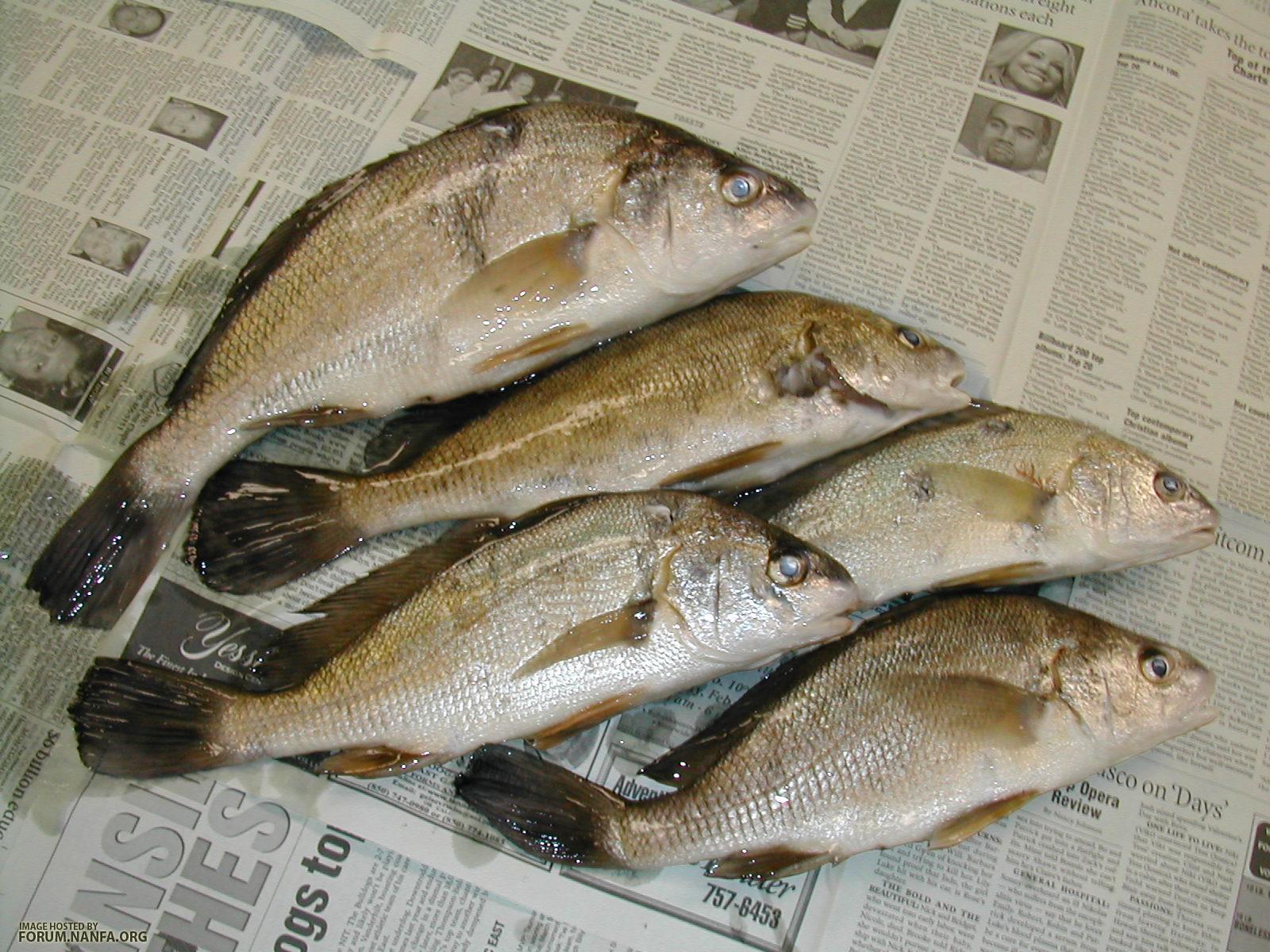I've been meaning to go through 'Fishes of Alabama' and try to ID all the fish I saw, and just haven't done it yet. Once I've done that I'll post a trip report, but I'll go ahead and give you the gist now.
I went to four sites: DeSoto Falls, two sites on the mainstem of the Little River, and one small tributary of Little River. As far as fish go, I saw plenty of hogsuckers, longear and various other sunfish, Coosa and spotted bass, some kind of shiner (tricolor? Alabama? Like I said I haven't hit the books yet), mosquitofish (in the lake above DeSoto Falls), stonerollers, and small numbers of darters, redhorses, a single dead studfish.
I only saw two dead unionid shells, but
Corbicula were abundant. I saw crayfish in the cascade area of DeSoto Falls and in the small trib, but none in the mainstem Little River. Snails were oddly absent. Aerial predators were much in evidence: damselflies, robber flies, and dragonflies (including several tremendous dragonhunters) were everywhere, as were a bunch of big bee-mimic flies, swallowtails, and buckeyes.
I saw a large emydid turtle in the splash pool below DeSoto Falls, but even with my long lens I couldn't get a positive ID on it; unfortunately there was no public access to the splash pool. That was as close as I came to finding
Graptemys pulchra. Other herps seen included a green anole, lots of stripenecked musk turtles (one of the buggers bit part of my fingertip off when I was trying to take him to the bank for his portrait), bullfrogs, a black racer, and a northern watersnake which I found in mid-ingestion of a pickerel frog:

I was a little disappointed by the low diversity, considering it was a moderate-sized stream, with a protected watershed, in the Appalachians, in the Mobile drainage; four things that suggest high diversity to me. The fact that the riffles were bathwater warm may have had something to do with it; perhaps the smaller fishes were retreating into the hyporrheic zone, or up into little tribs? I dunno. The stream in which I've snorkeled most, Whiteoak Creek on the Western Highland Rim, is of similar size to Little River and would provide several times as many fish species, even in summertime.
As far as human encounters, I had only two of note. After I left Huntsville, I discovered that the bridge at Scottsboro was out for repairs, so I had to make a pretty long detour and it was rather late when I got to DeSoto State Park. I pulled into the lodge area and saw a sign telling me to call a certain number if I were arriving late to the campground. I called it; it went to a hotel registration desk. The clerk informed me that the state park campgrounds were closed for renovations. I was too tired to drive elsewhere, so I just laid out a couple of towels on top of my camper shell and went to sleep. A couple of hours later I was awakened by a park ranger shining a Maglight in my eyes and telling me I would have to sleep inside the vehicle. I complied and enjoyed a near-sleepless night trying to get comfortable in the driver's seat.
The second was in Fort Payne (Official Sock Capital of the World), where I stopped at a fast food joint before heading home. The young cashier noticed that my Bioblitz shirt said 'Ashland City, TN' on it, and she commented that she knew where that was. It turned out she was also from my hometown, and had just recently moved to Fort Payne.
So, that's about all there is to say about that. Sorry I didn't call you, Casper, but I realized when I was already down in AL that I hadn't transferred your number to my new phone.









